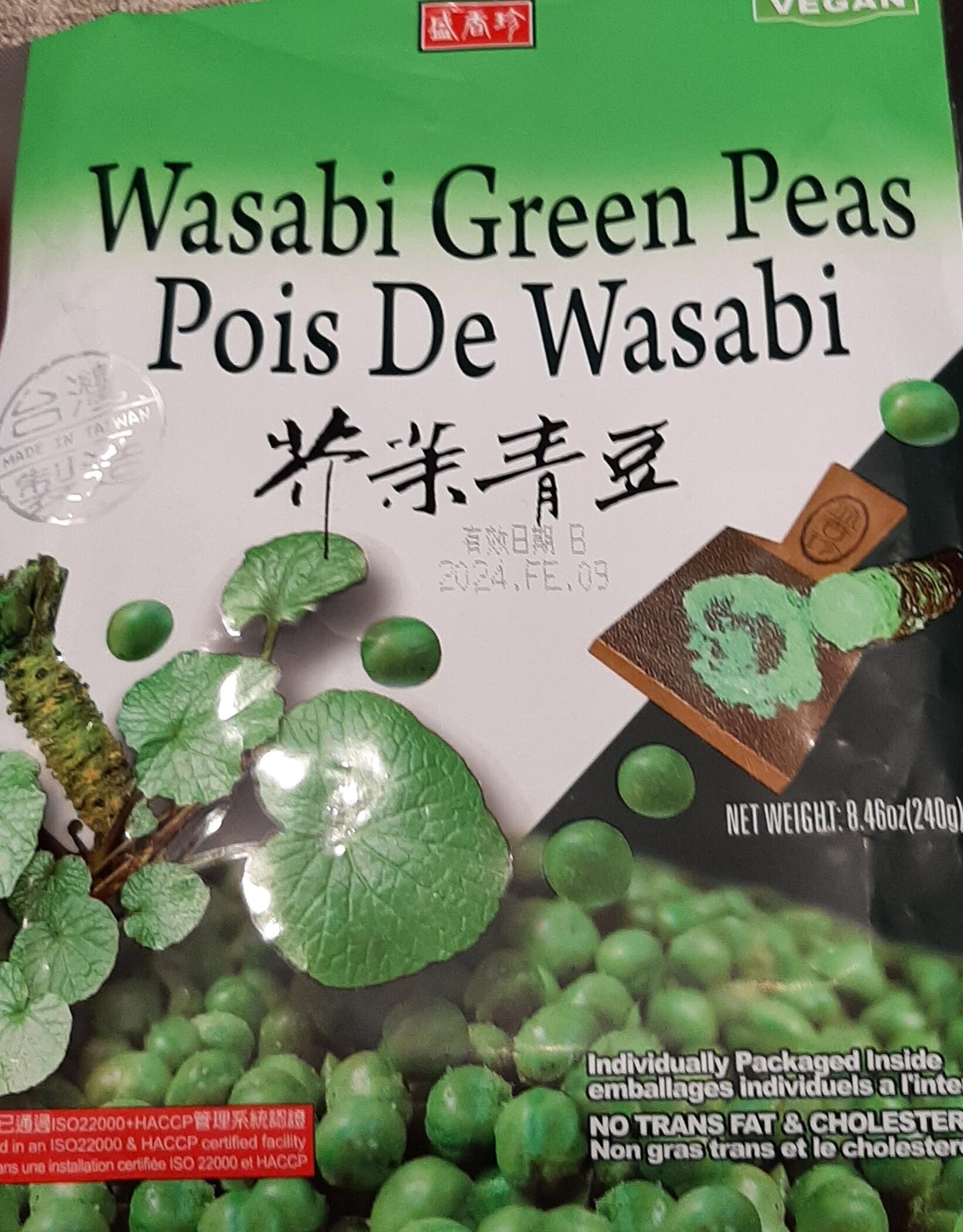pois de wasabi - Tripod food co - 240 g
This product page is not complete. You can help to complete it by editing it and adding more data from the photos we have, or by taking more photos using the app for Android or iPhone/iPad. Thank you!
×
Barcode: 4710174107196 (EAN / EAN-13)
Quantity: 240 g
Brands: Tripod food co
Categories: Plant-based foods and beverages, Plant-based foods, Legumes and their products, Snacks, Legumes, Salty snacks, Seeds, Legume seeds, Pulses, Peas, fr:Snacks épices
Labels, certifications, awards: Vegetarian, Vegan
Origin of ingredients: Taiwan
Countries where sold: France
Matching with your preferences
Environment
Packaging
Transportation
Report a problem
Data sources
Product added on by openfoodfacts-contributors
Last edit of product page on by norm39.
Product page also edited by kiliweb, teolemon, yuka.U3E4Z0tLb0R2dGNUbS9NQjVpUGUyOVpZbG83d2JHNjZDTEF4SVE9PQ, yuka.ZnJoUVNaazR2T1V3cTlodnhTdnA0TXBVbnA2eGJFZWxkdWs4SUE9PQ.










